12 Inexpensive Upgrades for a More Sustainable Home (2025 Guide)
-
Jeff Weishaupt
- Last updated:
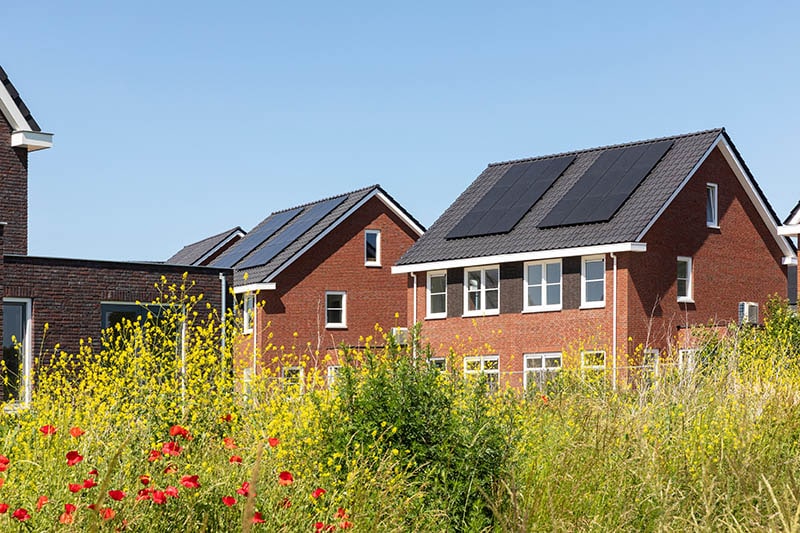
Sustainability is about reducing waste and protecting the environment in the long run. With rising climate concerns, many people have already shifted to a sustainable lifestyle to minimize the impact on nature.
From using energy-saving LED lights to installing solar panels, there are many ways to make your home more sustainable. The best part is that the process is affordable and true to the concept of sustainability. With a minimum budget, you can introduce a few inexpensive upgrades to your household to make it environmentally friendly.
When executed correctly, a sustainable home helps you save a considerable amount of money at the end of the month. Sounds exciting, no? Now take a paper and pencil and include these 12 things to your sustainable home checklist:
The 12 Inexpensive Upgrades for a More Sustainable Home
1. Shop for LED Bulbs
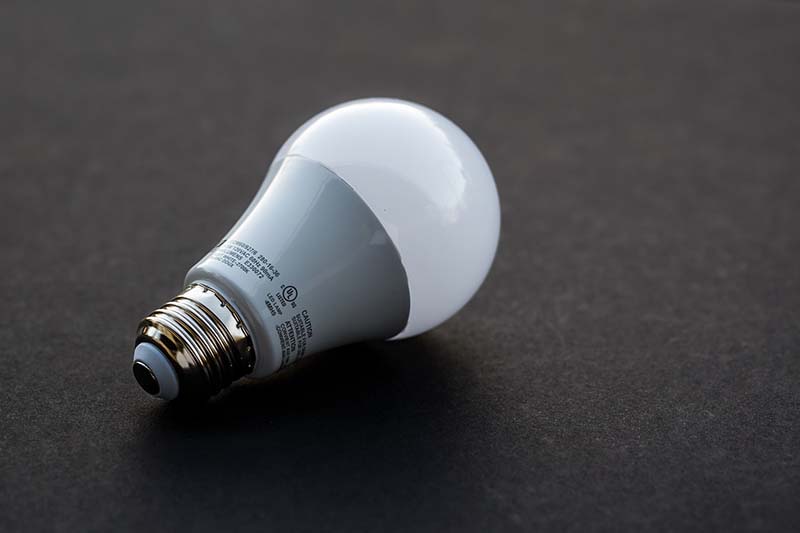
Start with transforming your home’s lighting system. If you have high-power lights installed, replace them with LED bulbs or lights. These are energy-efficient and give similar luminosity as the high-end bulbs.
When shopping for LED bulbs, you may come across a higher price tag compared to incandescent bulbs. While that could be a bummer, the high price is worth 75% less energy than these bulbs consume. Not only that, but LED lights also last 25 times more than their counterparts.
Consider LED bulbs more like an investment. You may be paying a high upfront price, but you’re saving more on your monthly electric bill. Also, you won’t have to buy new bulbs every now and then.
2. Install Solar Panels
Solar panels are the foundation of a sustainable household. Without going solar, you can’t achieve sustainability in its truest sense. After all, the solar home system helps reduce your carbon footprint, saving you a lot on your electric bill.
The good thing is that you can now get solar panels at varying price ranges. So, you can buy them from a credible manufacturer and get them installed on your rooftop. But remember that it may make you qualified for tax credits.
Shifting your home’s system to solar can also help you add clean power to your area’s power grid. However, it will depend on how much your home’s solar productivity is.
You can opt for a partial solar panel system if you’re still reluctant for solar panels. This means only a few parts of your home will work on solar, while the rest will consume regular electricity. You can consult your nearest solar specialist to be more confident in your decision.
3. Add Native Landscaping to Your Garden
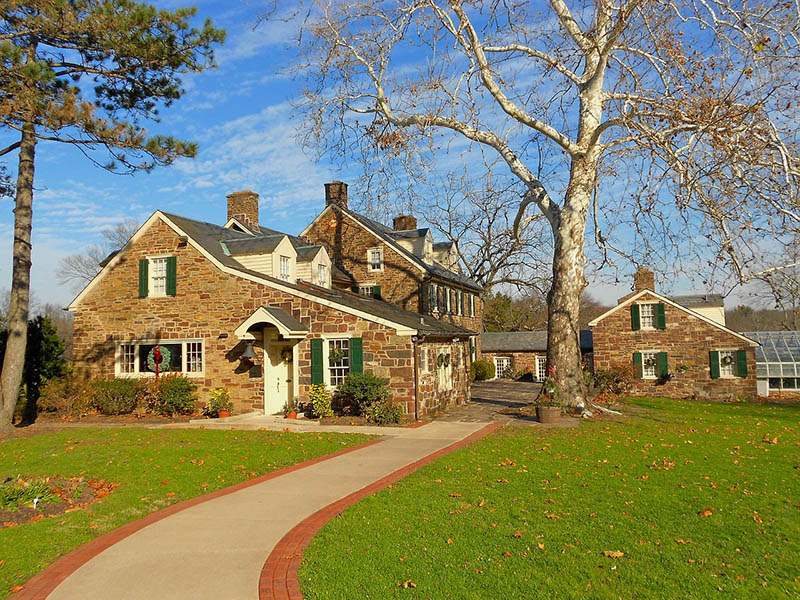
If you’re a fond gardener, you’d know that every plant species has different water and maintenance needs. While some can live without water for days, others require watering twice daily. Unfortunately, this could be one of the biggest obstacles to achieving a sustainable home.
Thus, you can add native trees and plants to your gardens to reduce water waste. Native landscaping requires minimal maintenance and water. Moreover, native trees don’t even need fertilizers and insecticides.
If you like to have different birds, wildlife, and insects in your garden or backyard, native plants can help you with that too. They support the lifestyle of most of these species and help them thrive in the harshest conditions.
4. Buy Recyclable Items
When shopping for your home, ensure you only buy the items you can reuse. For example, choose washable table napkins instead of paper tissues, rechargeable batteries, reusable trash bags, and biodegradable food containers instead of plastic ones.
Doing so will reduce waste and your monthly expenses simultaneously. Of course, in the beginning, it would be hard to remember this rule and ignore those adorable plastic containers. But don’t forget that they are toxic to your environment.
So, it’s better to go to the store with a list and stay stuck to it till the end. Don’t let anything else distract you!
5. Build a Compost Pile

Building a compost pile won’t only help you create a sustainable home but also a rich, healthy soil that supports your plants’ growth. If you’re new to gardening, compost consists of decomposed plants, food waste, and organic materials.
Remember that you’d need to mix the right ingredients to build an efficient compost pile. This includes the appropriate proportions of both brown and green. Collect some vegetable scraps, leaves, chopped stems, egg shells, and coffee grounds to achieve an effective compost combo.
6. Fix Plumbing Issues
Your other concern should be reducing your water waste. It could be possible that your home has leaky pipes or faucets without you even knowing. A single drop dripping once a second from a pipe or faucet can make up to a gallon of water in 5 hours and 6 gallons in a day! A disaster, right?
Therefore, pick up your tools and inspect all your pipes and faucets to ensure they are not leaky. It will take only a few minutes of your time but can save gallons of water wasted every day.
7. Adjust the Thermostat
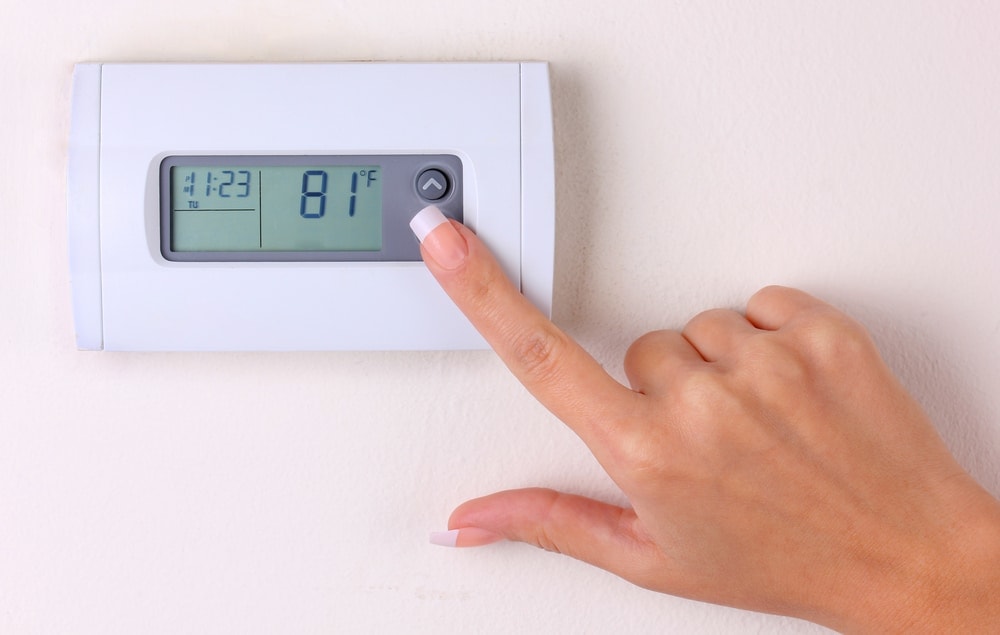
A thermostat is more like an essential household device as it helps you maintain an optimum temperature. But if you keep your house overly hot or cold, it isn’t sustainable and can increase your energy bills.
As negligible as it sounds, adjusting the thermostat while sleeping or leaving your home can significantly reduce your electricity bills. It’s generally a good practice to reduce energy wastage.
You can also try different alternative methods for thermostats. For example, wear more clothes in winter or keep your home well-ventilated in the summer.
8. Learn to Recycle
To achieve a sustainable home, you must know how to recycle broken or damaged household items. It will help reduce your home’s daily waste going to the landfill.
If you don’t know where to start, look around and see what needs to be fixed. For example, it could be a chair with a broken limb. Instead of tossing it in the waste, check YouTube tutorials to repair it on your own. Similarly, you can build a recycling bin for your regular-used items, such as cans, cardboard, and plastic.
If you don’t have time and energy to learn to recycle, you can get your damaged items repaired by a professional. Remember one rule: don’t throw a broken item instantly in the trash—it can be fixed!
9. Upgrade to Low-Flow Fixtures

A low-flow fixture is a plumbing fixture that saves water by reducing the flow rate per flush. These fixtures include toilets, showers, and faucets. Upgrading to low-flow fixtures can significantly reduce your water usage.
According to the EPA, an average American family consumes 40 gallons of water in showering daily. That’s a lot. Fortunately, a low-flow showerhead can reduce this amount to 2 gallons per minute.
If you keep your showers to less than 5 minutes, you can minimize the total water consumption of your home. Also, opt for low-flow toilets and faucets to achieve more effective results.
10. Utilize Rainwater in Gardening
If it rains a lot in your area, consider yourself lucky. You can store the rainwater and utilize it to water your vegetables and flowering plants. But for that, you’d need a rain barrel. You can build it on your own or buy a ready-made one.
In case you don’t know, rainwater doesn’t contain chemicals. It won’t cause any damage to your plants and will make them bloom and become evergreen. Also, you won’t have to use your household water for irrigation—a win-win situation for everyone!
11. Buy Window Blinds
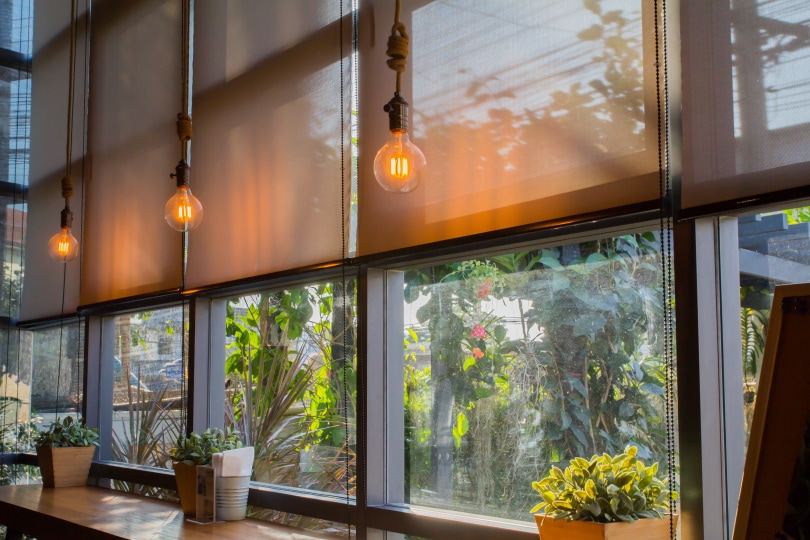
Window curtains and blinds are not just to make your home look more attractive. Instead, they can even help you save energy.
You should search for window treatments according to the weather. For example, if it’s winter, opt for window blinds that prevent heat loss and keep your home warm. Similarly, go for blinds that keep your home well-ventilated and cool in summer.
You can also check your windows and see if any cracks or crevice results in the air leaking. If so, caulk or weather strip around them to avoid it.
12. Switch to Refurbished Wood
If you want to renovate your home, switch from new hardwood to refurbished wood. Not only does it make great hardwood floors and sheds, but it’s less expensive and more environmentally friendly.
Don’t worry; it won’t compromise the overall look of your home. If you like to have a vintage, rustic touch in your home, refurbished wood is an excellent way to achieve it. In fact, you can also use refurbished wood to build different areas of your home too.
Conclusion
As the world takes climate concerns more seriously, sustainability has become the need of the hour. It helps conserve energy, reduce landfills, and save people money on their bills. So, if you’ve been planning to go sustainable, it’s high time you go for it.
All of these updates are super-affordable. Adopt them and save considerable money on your next energy bill!
Featured Image Credit: Lea Rae, Shutterstock
Contents
